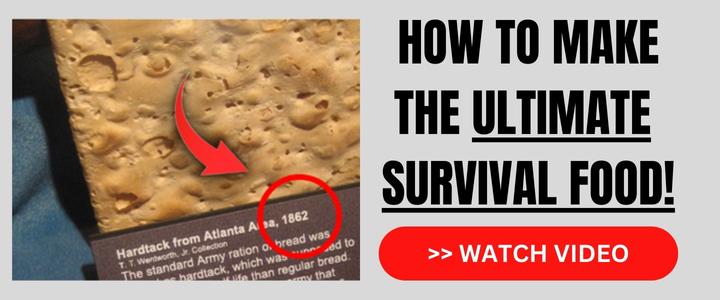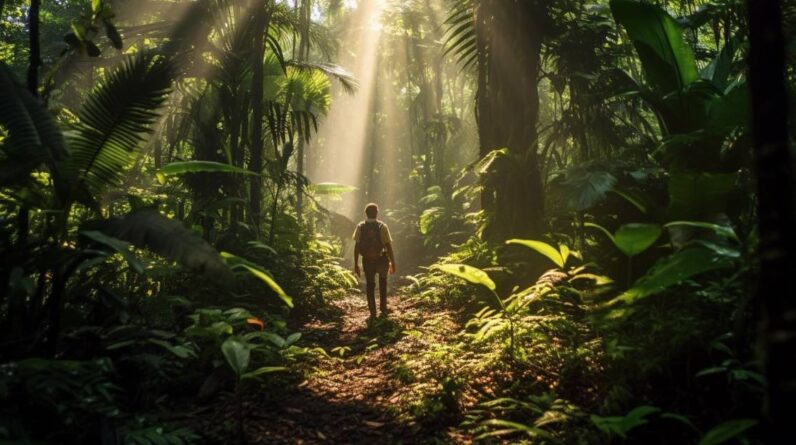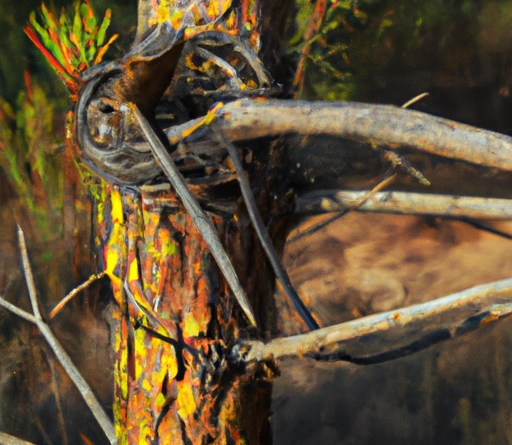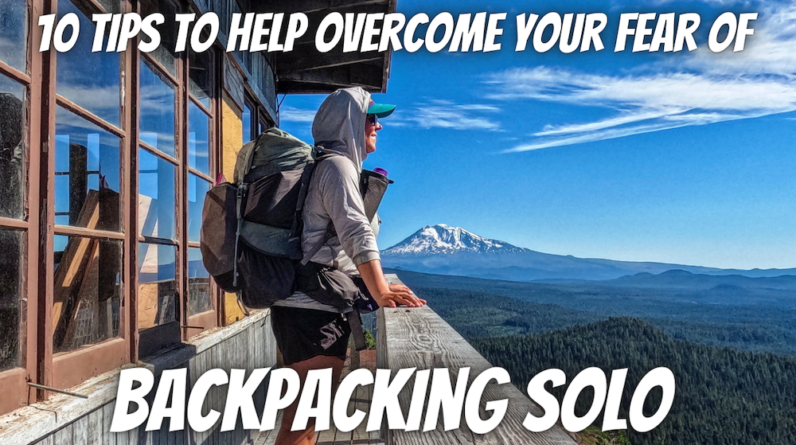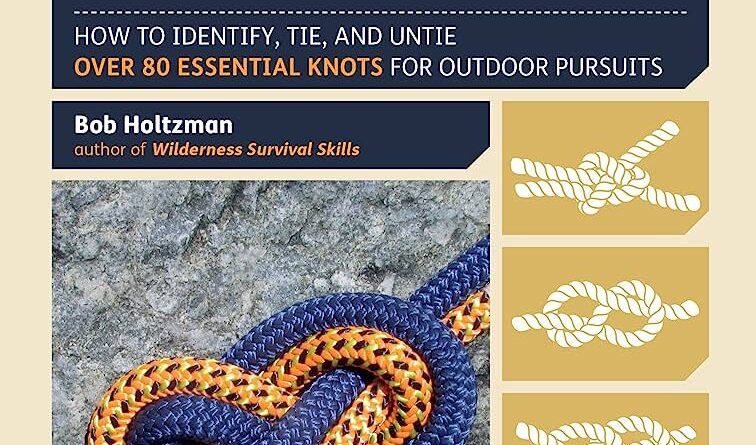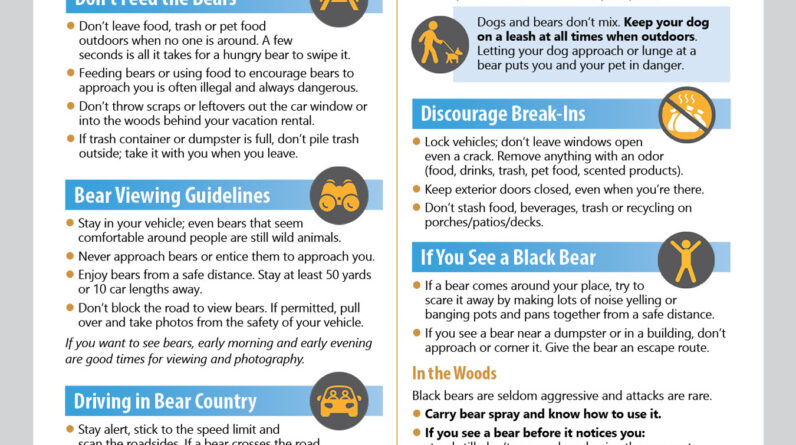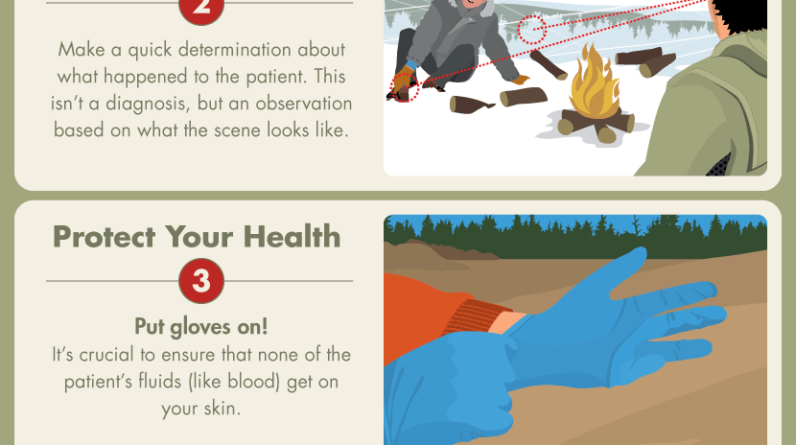
Introduction
When you’re out in the wilderness, miles away from medical facilities and emergency services, it’s crucial to have the knowledge and skills to handle unexpected situations. That’s where wilderness first aid techniques come into play. Whether you’re an experienced camper or a novice adventurer, learning essential wilderness first aid techniques can make a significant difference in providing immediate treatment and potentially saving lives.
Importance of Wilderness First Aid
Accidents and injuries can happen at any time during camping trips, which is why it’s important to be prepared and equipped with the necessary skills. Wilderness first aid focuses on providing immediate care in remote areas, where medical assistance may be hours or even days away. By learning how to assess and treat injuries, such as sprains, cuts, burns, or heatstroke, you can effectively manage emergencies and stabilize the condition until professional help arrives.
Benefits of Learning Wilderness First Aid
Learning wilderness first aid offers numerous benefits beyond emergency preparedness. By gaining this valuable knowledge, you’ll develop a sense of confidence and self-reliance, allowing you to explore the great outdoors with peace of mind. Additionally, being equipped with wilderness first aid skills not only benefits you but also creates a safer environment for your fellow campers. In case of an emergency, you’ll be able to take immediate action, reducing the severity of injuries and potentially preventing complications.
With wilderness first aid techniques, you become a more responsible and prepared camper, ready to handle unexpected situations and ensure the well-being of yourself and others in the great outdoors.
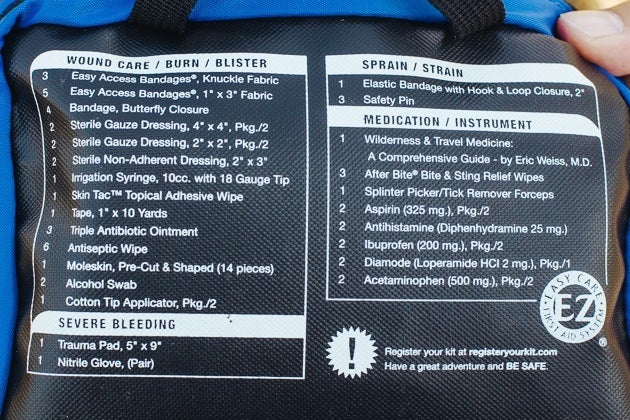
Understanding Wilderness First Aid
Definition of Wilderness First Aid
Wilderness first aid is a set of essential techniques and skills that every camper should know to ensure their safety and well-being in remote outdoor environments. Unlike traditional first aid, wilderness first aid focuses on managing injuries and illnesses in challenging and resource-limited settings, where access to medical help may be delayed or unavailable. By equipping yourself with the knowledge and skills of wilderness first aid, you can confidently handle emergency situations and provide immediate care until professional help arrives.
Principles of Wilderness First Aid
The principles of wilderness first aid are centered around three key aspects: assess, stabilize, and evacuate. When faced with an injury or illness in the wilderness, you need to first assess the situation to determine the severity and nature of the condition. This assessment enables you to make informed decisions about the appropriate course of action. Next, you must focus on stabilizing the injured or ill person to prevent further harm and alleviate pain. This may involve immobilization, wound care, or providing basic life support. Lastly, if the situation requires additional medical attention, you may need to evacuate the individual to a healthcare facility or arrange for professional assistance to ensure proper treatment and recovery.
By familiarizing yourself with the definition and principles of wilderness first aid, you are better prepared to handle potential emergencies while camping. Knowing these essential techniques can make a significant difference in ensuring the safety and well-being of yourself and others in the great outdoors.
Assessing the Scene and Calling for Help
When you’re out in the wilderness, being prepared for any emergencies is crucial. Knowing how to assess the scene and call for help can make a significant difference in the outcome of a medical emergency.
Surveying the Surroundings
The first step in assessing the scene is to survey your surroundings. Take a moment to evaluate potential hazards or dangers that could impact your safety or hinder a rescue operation. Look out for hazards such as steep cliffs, fast-flowing rivers, or wild animals. Additionally, identify any landmarks or distinct features that can help emergency responders locate you quickly.
Determining the Severity of the Situation
After assessing the surroundings, it’s essential to determine the severity of the situation. Check the injured person’s level of consciousness, breathing, and any visible injuries. If the person is unconscious or not breathing, immediate action is required. In other cases, try to assess the severity of their injuries to effectively communicate with emergency services.
Effective Communication and Contacting Emergency Services
Once you have surveyed the scene and determined the severity of the situation, it’s time to communicate effectively and contact emergency services. Clearly and calmly provide all necessary information to the dispatcher, including your location, the nature of the emergency, and any important details about the injured person’s condition. Remember to stay on the line until the dispatcher advises you to hang up.
By mastering the techniques of assessing the scene and calling for help, you significantly increase the odds of a positive outcome during a wilderness emergency.
Basic First Aid Techniques
When you’re out in the wilderness, it’s important to be prepared for any medical emergencies that may arise. Knowing basic first aid techniques can make a significant difference in how you handle accidents and injuries while camping. In this section, we will cover some essential techniques that every camper should be familiar with.
CPR (Cardiopulmonary Resuscitation)
Cardiopulmonary Resuscitation (CPR) is a life-saving technique that can be crucial in emergencies such as cardiac arrests. Learning CPR will equip you with the necessary skills to provide chest compressions and rescue breaths to a person in need. You will also learn how to quickly assess the situation and perform CPR safely and effectively.
Treating Minor Wounds and Cuts
While camping, it’s common to encounter minor wounds and cuts. Knowing how to clean and dress these injuries properly can prevent infections and aid in the healing process. We will guide you through the steps of cleaning the wound, applying appropriate dressings, and recognizing signs of infections.
Managing Fractures and Sprains
Accidents happen, and sometimes that may result in fractures or sprains. Understanding how to immobilize and stabilize a fractured limb and applying appropriate first aid techniques can prevent further damage or complications. We’ll provide you with the knowledge and skills necessary to properly manage fractures and sprains while in the wilderness.
Dealing with Burns and Bites
Burns and bites can occur when camping, and it’s important to know how to manage them effectively. We will cover techniques for soothing burns, preventing infection, and reducing pain. Additionally, we’ll discuss different types of bites, their potential risks, and how to treat them appropriately.
In the wilderness, having a solid understanding of basic first aid techniques can make a significant difference in your ability to respond effectively to medical emergencies that you or others may face. By familiarizing yourself with these essential techniques, you’ll gain the knowledge and confidence to handle a variety of situations, ensuring the safety and well-being of everyone around you.
Wilderness-specific First Aid
When you venture into the wilderness, being prepared with the necessary first aid techniques can make all the difference in maintaining your safety and the safety of those around you. In this section, we will discuss two critical wilderness-specific first aid topics: recognizing hypothermia and frostbite, as well as dehydration and heat exhaustion.
Recognizing Hypothermia and Frostbite
Hypothermia occurs when your body loses heat faster than it can produce, causing a dangerously low body temperature. The signs of hypothermia include shivering, confusion, slurred speech, and loss of coordination. To prevent hypothermia, ensure you have appropriate clothing and stay dry. If someone is showing signs of hypothermia, get them indoors or warm them up using blankets and warm drinks.
Similarly, frostbite is the freezing of body tissues due to extreme cold. It primarily affects your fingers, toes, ears, and nose. Symptoms of frostbite include numbness, pale or waxy skin, and a prickling sensation. To prevent frostbite, wear warm and waterproof clothing. If someone has frostbite, gently warm the affected area, but avoid rubbing it.
Dehydration and Heat Exhaustion in the Wilderness
Dehydration and heat exhaustion can occur when you are exposed to high temperatures and insufficient fluids. Signs of dehydration include dry mouth, dizziness, and dark urine, while heat exhaustion may involve heavy sweating, nausea, and muscle cramps. To prevent dehydration and heat exhaustion, drink plenty of water and take frequent breaks in the shade. If you or someone shows signs of heat exhaustion, move to a cool area, hydrate, and apply cool compresses.
By recognizing and addressing hypothermia, frostbite, dehydration, and heat exhaustion, you can ensure a safer and more enjoyable experience in the wilderness. Stay prepared and prioritize your well-being when exploring the great outdoors.
Wilderness Survival Skills
Finding Shelter and Maintaining Body Temperature
When you embark on a camping trip, you should always be prepared for unexpected situations. One crucial wilderness survival skill to have is the ability to find and create shelter in case of extreme weather or emergencies. Familiarize yourself with natural shelters like caves, rock formations, or fallen trees. However, if these options are not available, learn how to build a sturdy and protective shelter using natural materials such as branches, leaves, and rocks. Additionally, understanding how to regulate your body temperature is vital in a wilderness setting. Layering your clothing appropriately is essential, as it helps to trap and retain body heat. Insulate yourself from the cold ground by using materials like leaves or pine needles before finding a suitable resting area.
Locating and Collecting Safe Drinking Water
Water is undoubtedly essential for survival, especially when you are in the wilderness. Knowing how to locate and collect safe drinking water is crucial to your well-being. Familiarize yourself with signs of nearby water sources such as animal tracks, vegetation, or moisture in the ground. Once you find a potential water source, ensure it is safe before consuming it. You can use filtration methods like boiling, iodine drops, or portable water filters to purify the water and make it safe for drinking. Never underestimate the importance of hydration, as dehydration can lead to serious health complications in a wilderness setting.
By mastering these wilderness survival skills, you will be well-prepared to handle unexpected situations and ensure your safety while camping.
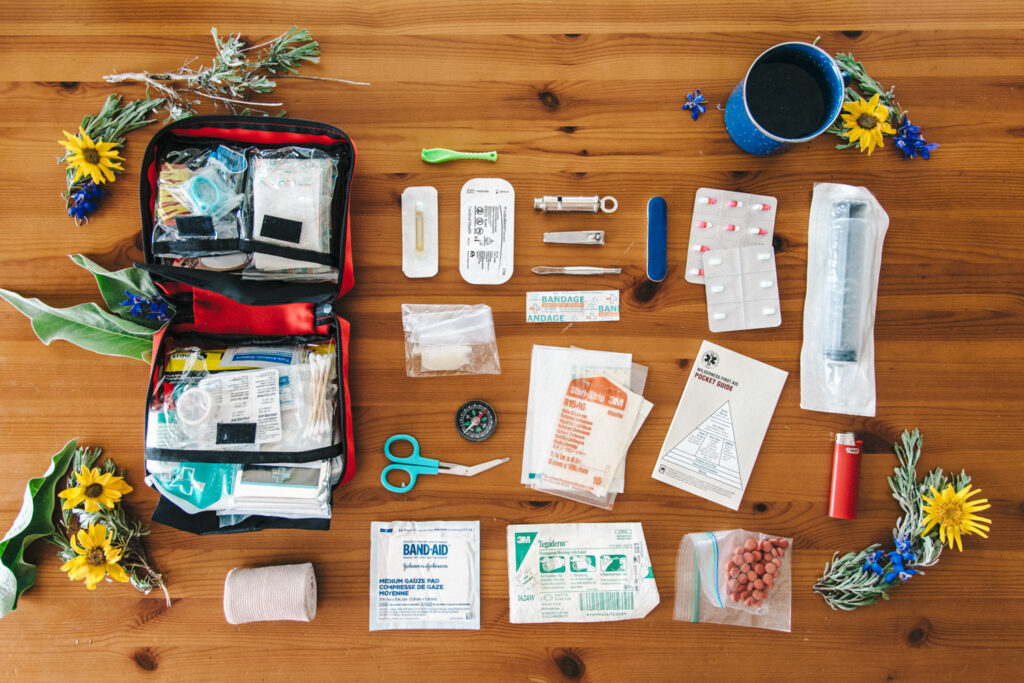
Creating a Wilderness First Aid Kit
When you are out in the wilderness, it is essential to be prepared for any medical emergencies that may arise. That’s why having a well-stocked first aid kit can be a lifesaver. In this section, we will guide you through creating a wilderness first aid kit that includes all the essential items you might need.
Essential Items to Include
Your wilderness first aid kit should contain a variety of items to address different medical needs. First and foremost, make sure you have an assortment of bandages, including adhesive strips and sterile gauze pads, to treat cuts and wounds. Additionally, include antiseptic wipes or solution to clean the affected area, as well as medical tape to secure the bandages.
Apart from wound care, it is crucial to have supplies to treat common injuries such as sprains and strains. Include elastic bandages, splints, and cold packs to reduce swelling, relieve pain, and prevent further damage. Disposable gloves, scissors, and tweezers are also necessary for proper wound care and removing foreign objects.
Proper Organization and Maintenance
To ensure quick and easy access to your first aid supplies, organize them in clear, labeled bags or containers. Consider using separate compartments for different types of items to prevent confusion in urgent situations. Additionally, regularly check the expiration dates of any medications or ointments in your kit and replace them as needed. Keep your kit in a waterproof bag or container to protect the contents from moisture.
By assembling a well-organized and properly maintained wilderness first aid kit, you can be prepared to handle any medical emergencies that may occur during your camping adventures. Remember, being proactive with your first aid supplies can make all the difference in ensuring the safety and well-being of yourself and your fellow campers.
Conclusion
In conclusion, wilderness first aid techniques are essential knowledge that every camper should possess. The wilderness can present unique challenges and dangers, and being able to provide basic medical care in such remote locations can mean the difference between life and death.
Importance of Being Prepared in the Wilderness
Being prepared for emergencies is crucial when venturing into the wilderness. In these remote and often uninhabited areas, medical help may be hours or even days away. Therefore, having a firm grasp on wilderness first aid techniques is vital. From treating common injuries such as cuts, sprains, and burns, to recognizing and managing more serious conditions like hypothermia or allergic reactions, knowing how to respond in these situations can make all the difference.
Taking Responsibility for One’s Safety
When it comes to safety in the wilderness, it is important to take personal responsibility. This includes having the necessary supplies, such as a well-stocked first aid kit, and ensuring you have the knowledge to use them effectively. By equipping yourself with the skills and techniques of wilderness first aid, you can not only take care of yourself but also potentially assist others in need. Remember, emergencies can arise at any time, and being proactive and prepared can greatly increase your chances of a positive outcome.
In summary, wilderness first aid is a critical skill set that all campers should acquire. By being prepared and taking responsibility for your safety, you can ensure a safer and more enjoyable outdoor experience. So, before your next camping trip, make it a priority to learn these essential techniques that may save a life in the great outdoors.



